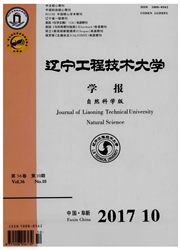

 中文摘要:
中文摘要:
针对构筑湿地废水脱氮效率较低的问题,论文对构筑湿地传统硝化工艺作了改进以考察厌氧氨氧化自养脱氮的可行性。采用改进的非饱和与饱和层结合的垂直流湿地及水平流湿地组合工艺,与传统的垂直流湿地硝化与水平流湿地反硝化的脱氮工艺对比研究;并采用分子生物学荧光免疫原位杂交(Fluorescent in sire hybridization,FISH)技术对厌氧氨氧化细菌进行鉴定分析。实验结果表明,厌氧氨氧化反应途径在构筑湿地中具有实现的可行性,脱氮效率高于传统工艺。
 英文摘要:
英文摘要:
In order to improve nitrogen removal in constructed wetlands, the process of conventional nitrification was ameliorated to study the feasibility of Anammox. The unsaturated layer and saturated layer reed bed followed by a horizontal flow reed bed and conventional vertical flow reed bed followed by the same design horizontal flow reed bed were choosen as comparison. With fluorescent in situ hybridization (FISH) technology, Anammox bacteria were validated. Full-scale experiments results show that Anammox can be realised in constructed wetlands, the improved process has higher nitrogen removal efficiency than the conventional one.
 同期刊论文项目
同期刊论文项目
 同项目期刊论文
同项目期刊论文
 期刊信息
期刊信息
